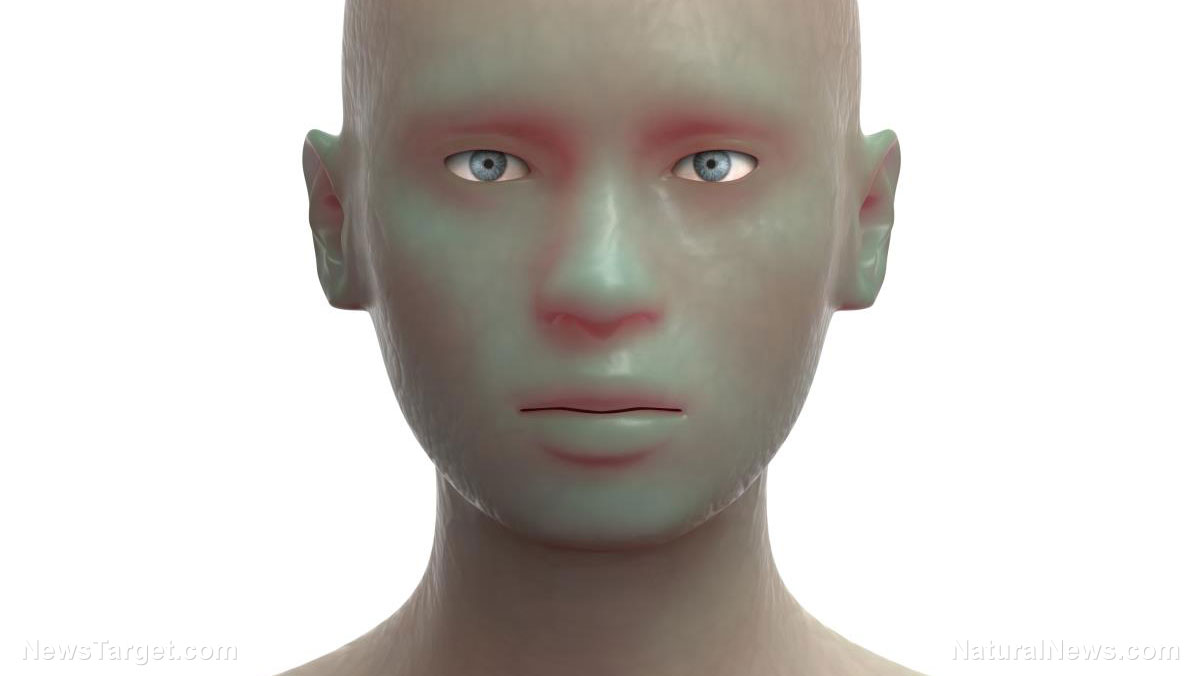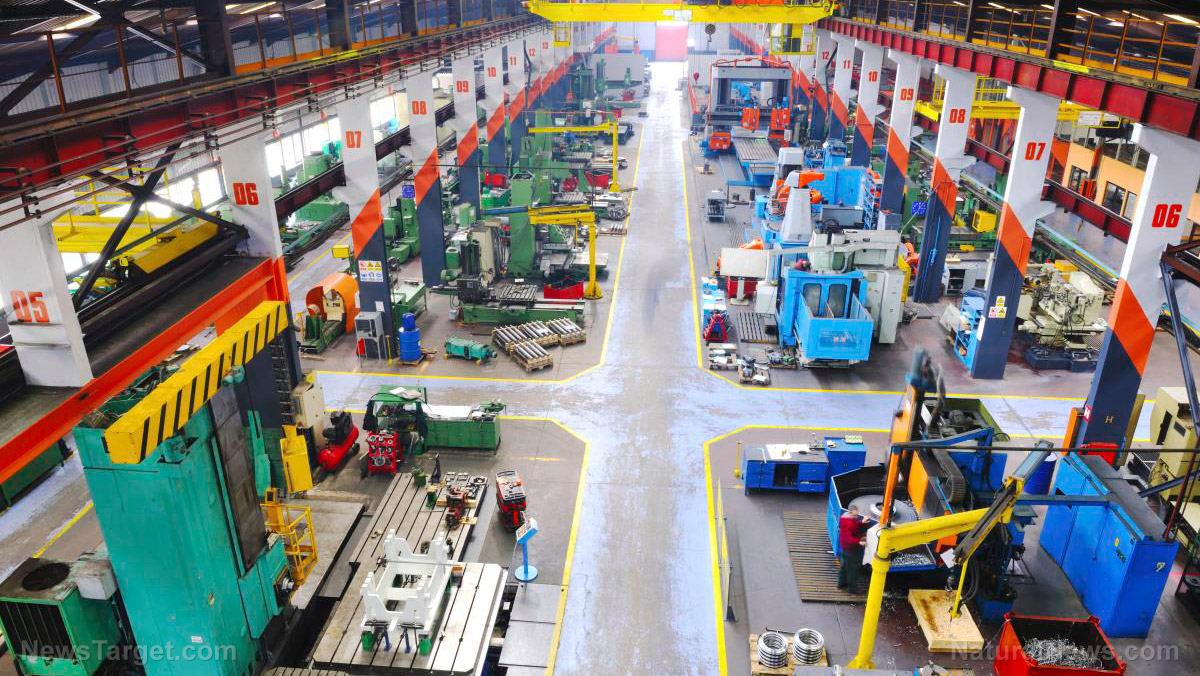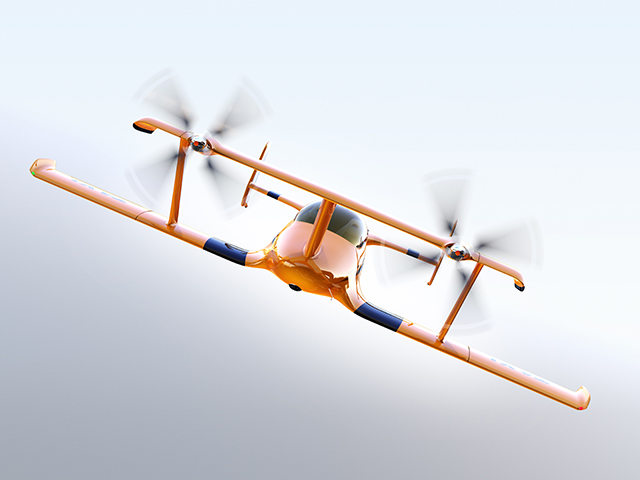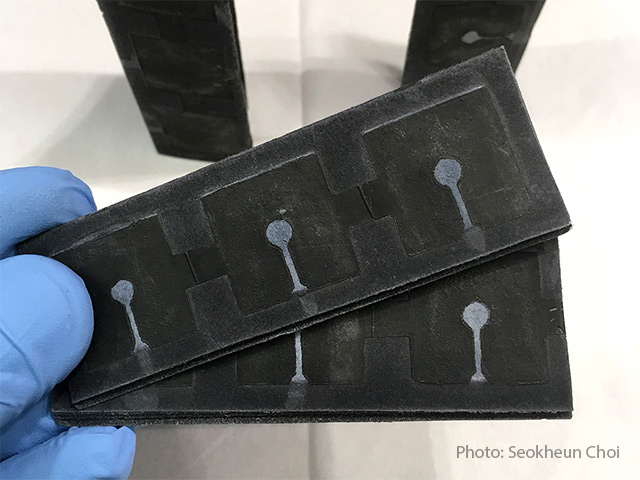Could 3D printing change the way buildings are made?
12/02/2018 / By Edsel Cook

Buildings could one day be entirely made out of 3D printed parts instead of traditional construction. An article in Newswise reported about an energy-efficient designer house made from panels and pieces produced by a 3D printer.
The residential structure, called Lotus House, was the brainchild of student researchers from Washington University in St. Louis (WUSL). They used 3D printing techniques to make various parts of the house, which they completed in eight months.
The researchers entered their Lotus House design into the Solar Decathlon China 2018, a multi-national competition that celebrated the clever use of energy-efficient technologies. Their project was supported by the International Center for Energy, Environment and Sustainability (InCEES), an academic institute that specialized in sustainable technologies.
Lotus flower inspires space-saving organic house design
Lotus House is a one-story building that occupies a circular lot with an area of 650 square feet. It got its name from its striking exterior appearance, which resembled the eponymous flower in bloom due to the overlapping arrangement of curved panels around a central point.
The lotus is a beautiful flower that holds great importance in many cultures. In addition to providing its name to the project, it helped inspire the overall design.
Kinga Pabjan, the manager for the project, explained that the team sought to explore the use of additive manufacturing systems and other new technologies to build an organically-inspired structure. They wanted to push the envelope of 3D printing technology to its limits.
Their design was the sole participant that did not follow orthogonal lines. Pabjan said that traditional corners waste a lot of space. In contrast, circular designs make the most use out of the available space. (Related: This 3D-printing robot can build an entire home in 6 months for just $300,000.)
Using feng shui principles to channel movement into the most efficient paths
Furthermore, the WUSL team desired to design an open space that encouraged its occupants to move more naturally. They drew from practices drawn from feng shui, an ancient Chinese art that balances the energy found in locations. A similar belief drives traditional Chinese medicine, which works by restoring the harmony of the human body’s energy.
The interior was designed to make it easy for its occupants to go through their daily routine. People can come home from work or school, make dinner, relax, and then prepare for bed with no fuss.
The sliding doors of the house take up much less space than conventional swinging doors. They also alter the way people and energy are channeled throughout the structure.
Pabjan’s team drew from their earlier participation with CRETE House, a design that was fielded during the U.S. Solar Decathlon in 2017. This previous experience helped them build Lotus House within just eight months.
They partnered with St. Louis-based Additive Engineering Solutions to print the parts in the United States. Once they moved to China, local 3D printing company Beilidato took over manufacturing duties.
3D printed molds are much more efficient than old-fashioned wooden ones
Pabjan said that 3D printing technology makes construction cheaper over the long run. A mold made from wood is only suitable for a few uses, while a 3D-printed equivalent makes up for the somewhat higher cost through sheer reuse.
3D-printed molds also conserve materials, electricity, and even time. Furthermore, they allow designers to turn unique and organic concepts into actual reality.
For example, the WUSL team designed parabolic panels for the exterior roof and walls. Traditional manufacturing processes balk at churning out such complex designs, but 3D printers can easily make them.
If you are wondering how much of your future renovations will be made using 3D printed parts, find out at FutureScienceNews.com.
Sources include:
Tagged Under: 3D printers, 3D printing, additive manufacturing systems, automation, construction, energy efficiency, future of construction, future technology, robotics, sustainable technology, technology



















